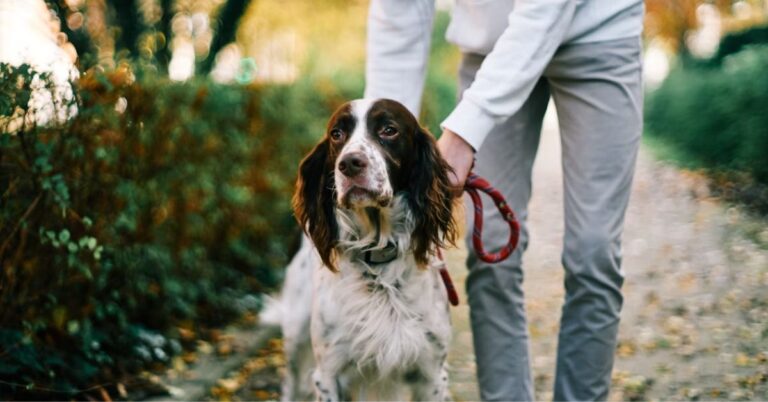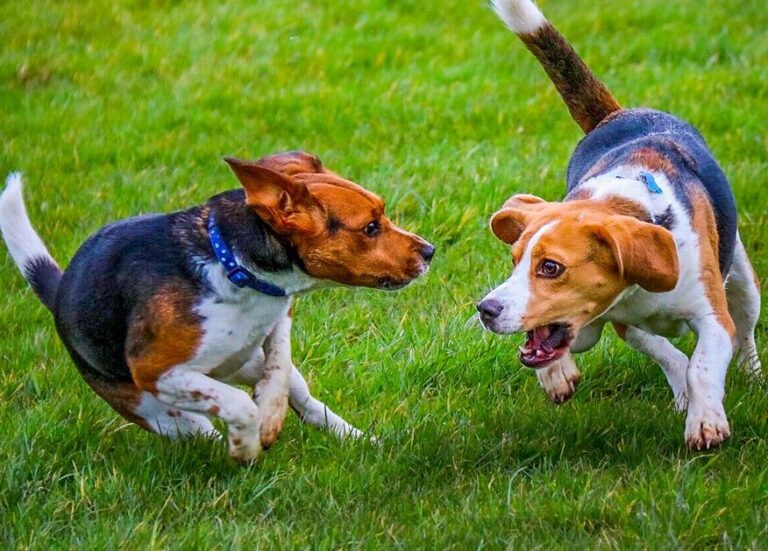10 Breeds Of Dogs That Take More Effort Than You Think
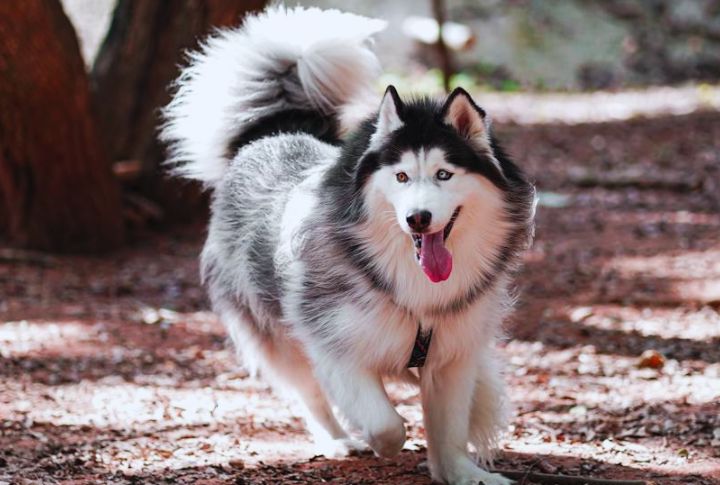
Bringing home a dog should feel rewarding, not overwhelming. But that balance depends a lot on the breed. Some pups test your limits in ways you didn’t expect. Knowing this early can save you and the dog a lot of stress. Let’s look at 10 breeds that raise the bar.
Afghan Hound
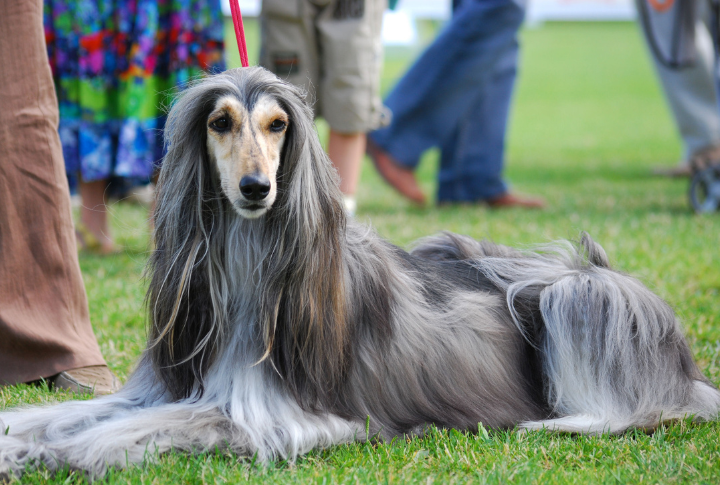
Originating in the mountains of Afghanistan, this ancient breed was built for speed and agility. Yet, what truly sets them apart is their aloof temperament and diva-like independence. Grooming demands are intense; the flowing coat tangles easily and must be brushed several times a week.
Border Collie
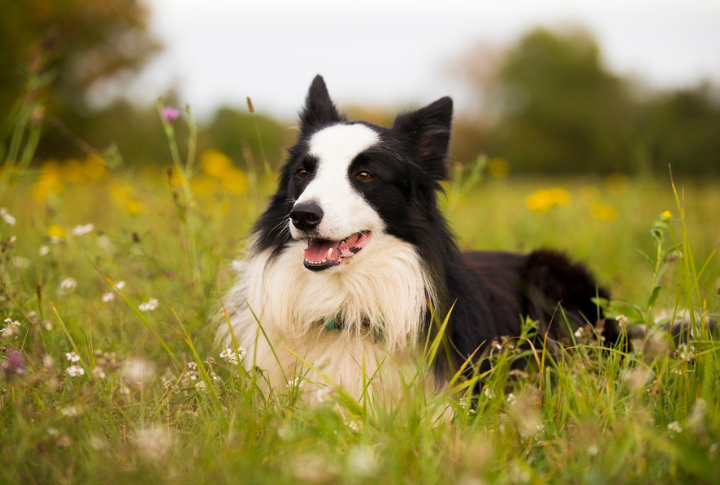
Regarded as one of the smartest canine breeds, Border Collies can learn commands after a few repetitions. However, that brilliance comes at a cost. These pups require hours of physical and mental activity daily. Without proper outlets, they’re known to develop obsessive behaviors like shadow chasing or fence running.
Bulldog
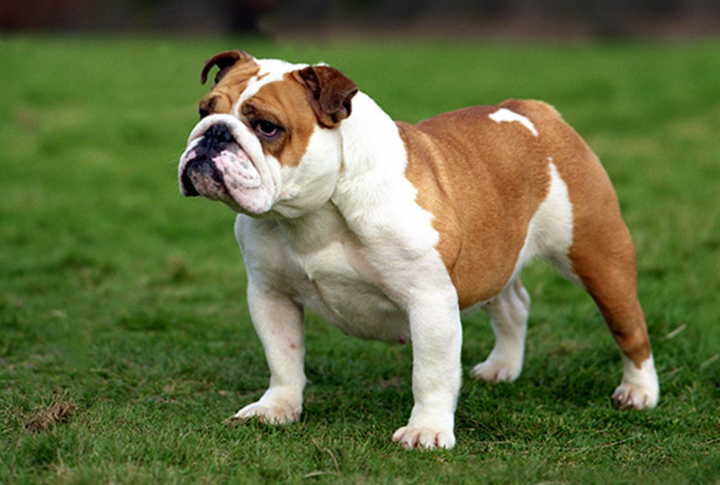
The English Bulldog’s iconic face comes with a long list of health concerns. Due to the brachycephalic skull structure, these fellows struggle to breathe and overheat quickly, especially in warm climates. Additionally, they’re highly prone to skin infections in their facial folds and eye problems.
Chow Chow
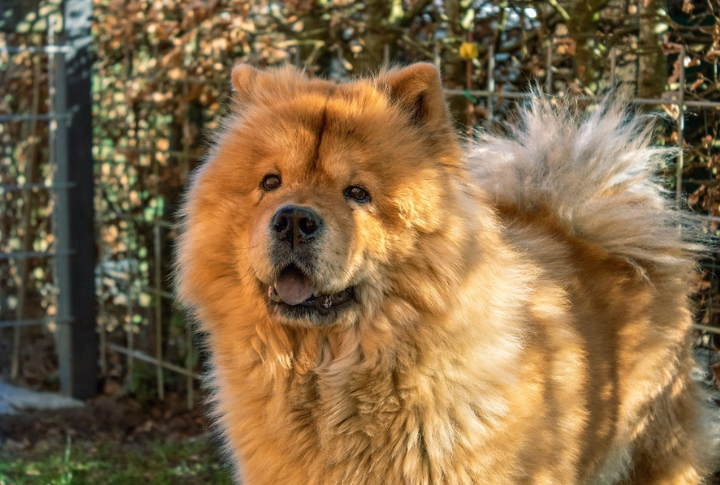
They’re famously independent, sometimes described as more feline than canine in personality. Training can be a challenge because these pups don’t respond well to commands unless they see a reason to. The double coat sheds seasonally in large amounts and mats easily without daily brushing.
Dalmatian
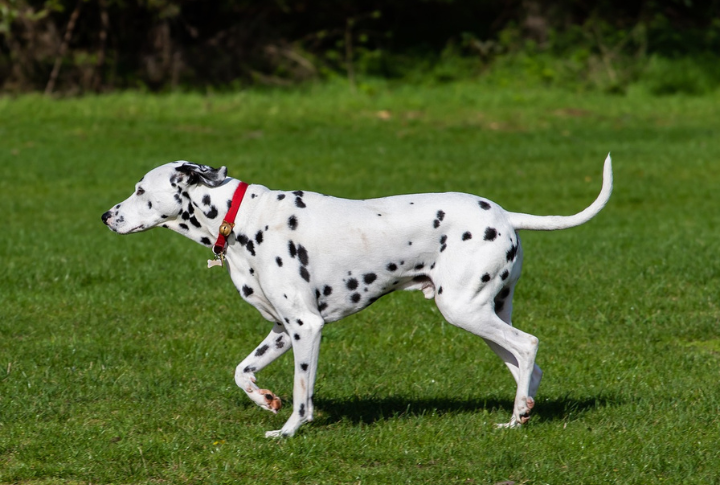
Spots don’t slow them down. Historically used as carriage dogs and firehouse mascots, Dalmatians are bred for endurance. These dogs require vigorous exercise, or they may resort to pacing or excessive barking. Interestingly, about 30% of Dalmatians carry a genetic predisposition to deafness, so early auditory testing is essential.
Jack Russell Terrier
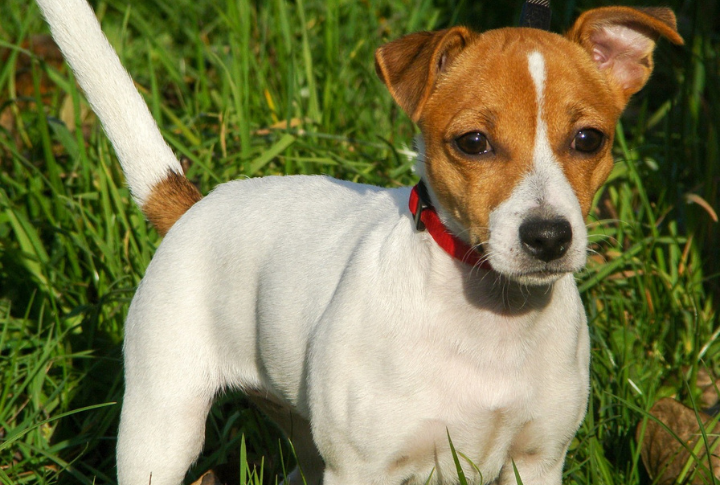
Jack Russells’ boundless energy means they need more exercise than many large breeds. They’re also notorious escape artists, capable of climbing high or digging under fences with ease. Behaviorally, Russells are bold and highly vocal, which makes apartment living loud with this energetic canine.
Mastiff
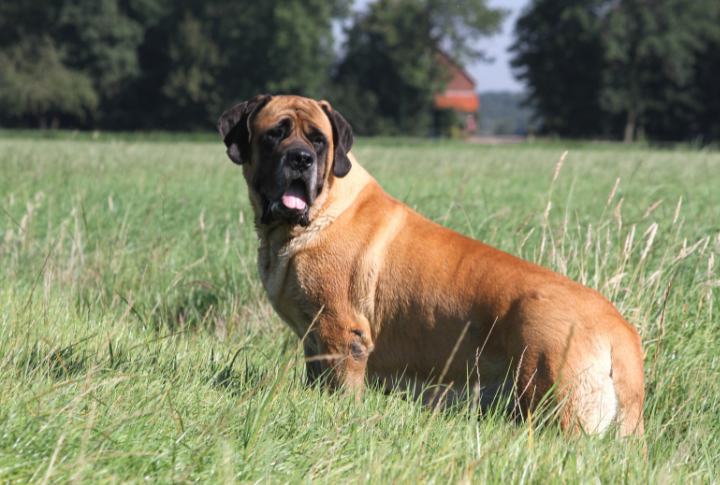
Mastiffs tip the scales at over 200 pounds, making them among the largest dog breeds in the world. Their sheer mass leads to high food costs and frequent orthopedic problems like hip and elbow dysplasia. Additionally, Mastiffs have short lifespans and are prone to gastric torsion, a life-threatening condition.
Shar Pei
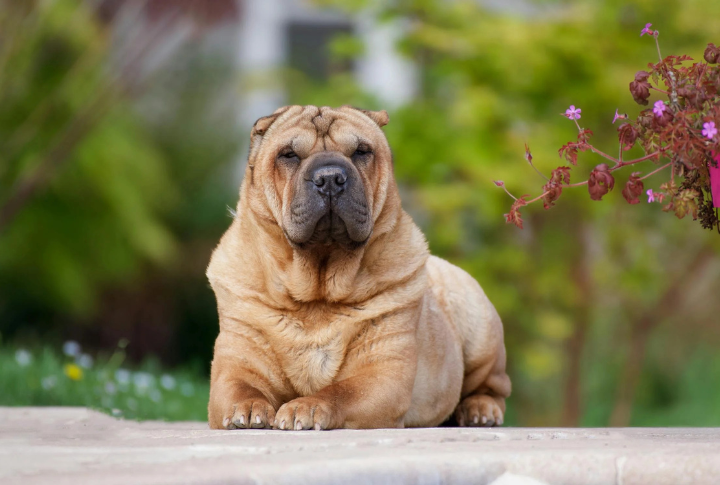
Originally bred in China as a fighting and guarding dog, their instinctual distrust of strangers still lingers today. These pups are known to be territorial and need firm leadership. Moreover, Shar Peis can suffer from hereditary fever syndromes and entropion, a painful eye condition where the eyelids roll inward.
Siberian Husky
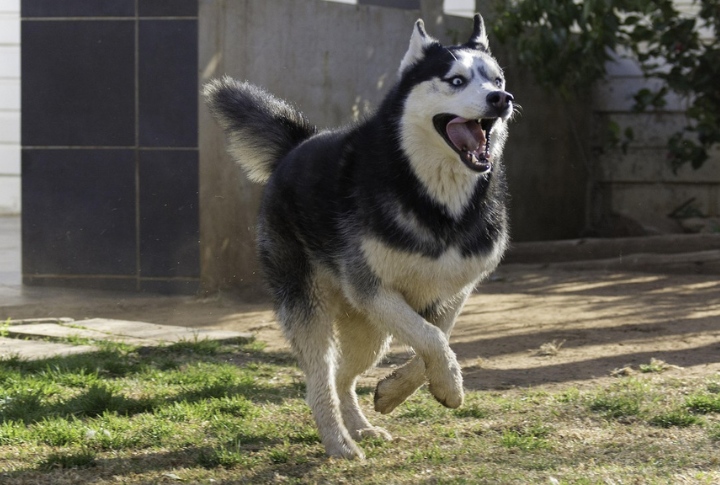
Freedom is their love language. Siberian Huskies were initially bred to pull sleds, and their stamina reflects that history. However, their independent spirit often resists traditional training techniques, and they’re known to bolt through doors and leap over fences. Furthermore, they’re shedders and experience “blowing the coat” twice a year.
Weimaraner
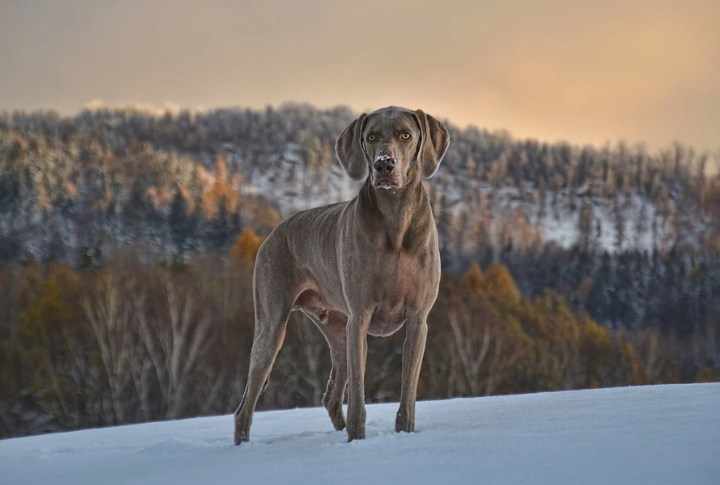
Separation isn’t an option. Weimaraners were developed in 19th-century Germany for hunting large game, and they’ve maintained their intensity. Often called “Velcro dogs,” these fellows form deep bonds and become visibly distressed when left alone. This separation anxiety can trigger destructive behaviors like chewing on walls or furniture.


